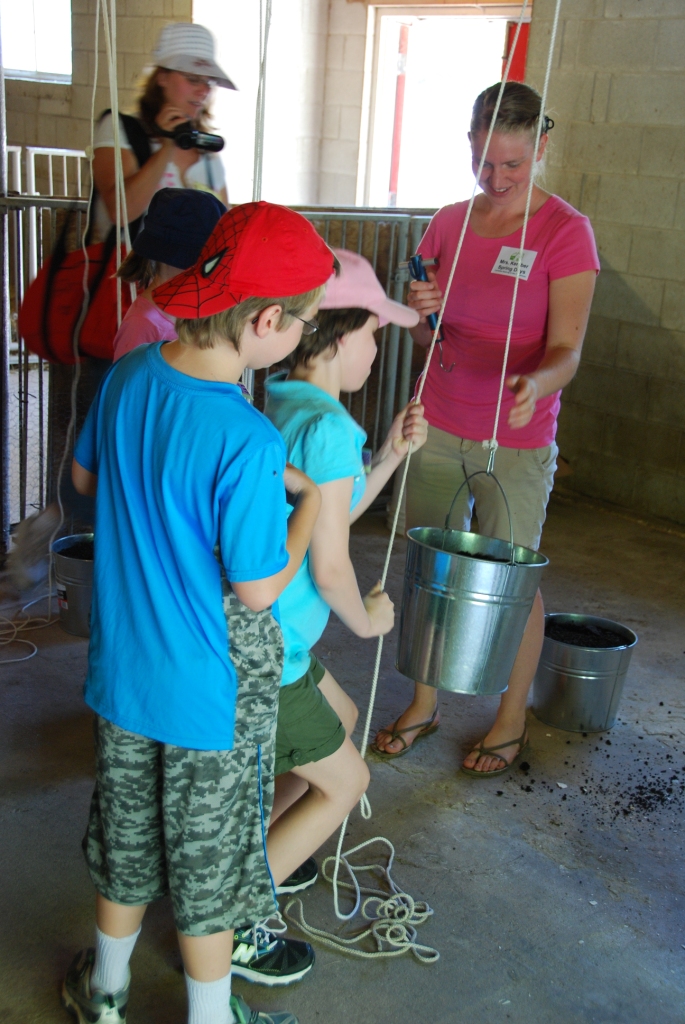Curriculum Based Education
The Lambton-Kent Agriculture in the Classroom Committee is a group of volunteers committed to delivering hands-on, curriculum based, agricultural and food programs to youth in Lambton and Chatham-Kent free of charge. The mandate of the committee is to increase awareness of the agri-food industry. It is our belief, that through our programs, students will become better educated consumers of the future. As farmers, we have failed in the past to tell our story, and LKAITC programs provide an avenue for those who produce our food to tell their story.
Our Programs
Harvest Days
Harvest Days takes place at the Ridgetown Campus of the University of Guelph in late September and/or early October annually. This program targets Grade 3 students who will explore hands-on activities at various learning stations. Examples from past events include How Plants Grow, Life of a Dairy Cow, Exploring Grains and Household Products, and a Campus Wagon Ride. Pre and post classroom activities are provided to participating teachers.
Spring Days
Spring Days takes place in early June at the Animal Farm in Canatara Park in Sarnia. This program is also for Grade 3 students who cycle through various learning stations. Past activities have included such topics as Simple Machines, Living with Farm Animals, Farm Foods for Healthy Living, A Visit with the Dairy Educator, and Soil and Plants.

Science Education Partnership
The LKAITC is a member of the Science Education Partnership. This is a unique collaboration between the the Lambton Kent District School Board, the St. Clair District Catholic School Board, and many local industry and community partners. Lambton-Kent Agriculture in the Classroom has helped fund the creation of several science kit titles, including Gr. 3 Plants, Gr. 3 Soil, Gr. 2 Lifecycles, Gr. 7 Ecosystems and a trio of kindergarten kits on Growing Things. As many as 16 copies of each of these titles are available to LKDSB and SCCDSB teachers through the SEP Resource Centre. Our committee also collaborates with SEP staff to organize Canada Agriculture Day activities each February.
Fundraising
Taste of Lambton Kent Gala Dinner
Up until 2019, the committee’s only fundraiser was a Gala Dinner held at the Ridgetown Campus of the University of Guelph in the early spring of each year called “A Taste of Lambton-Kent”. This multi-course meal was an overwhelming success and included wonderful food creations. A silent and live auction capped off a fun evening and helped raise funds for our organization. Over the years, we have enjoyed excellent community support with donations that helped the committee provide agricultural awareness to the consumers of tomorrow. The committee hopes to return to organizing the Taste of Lambton Kent Gala Dinner again in the future.
2025 Letter Campaign
In the spring of 2025, the committee began a letter campaign to reach out to previous contributors asking for their renewed support. All donations raised through these efforts will be put toward LKAITC agri-food educational programs. If you are interested in supporting these efforts, please reach out via the Contact page.
